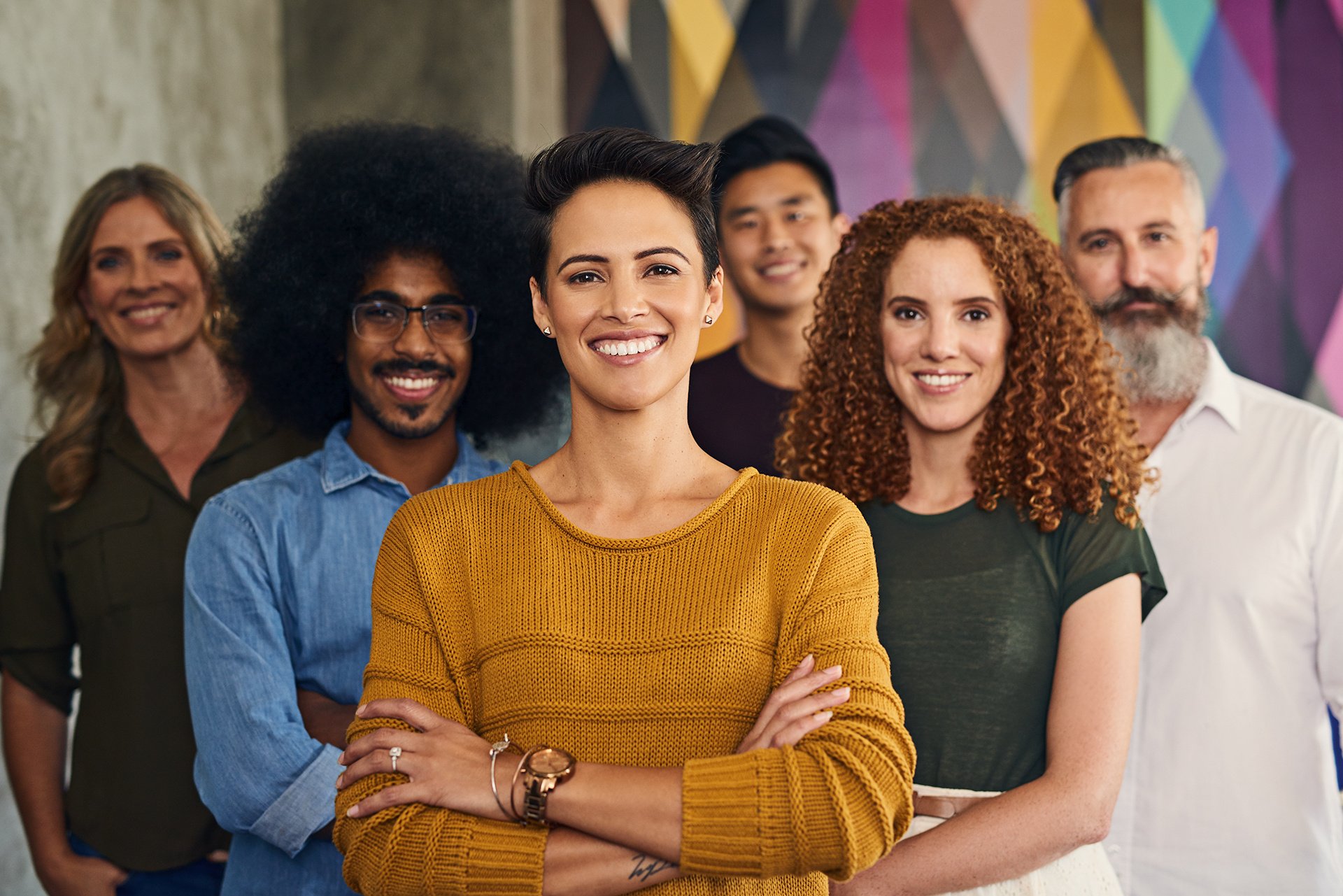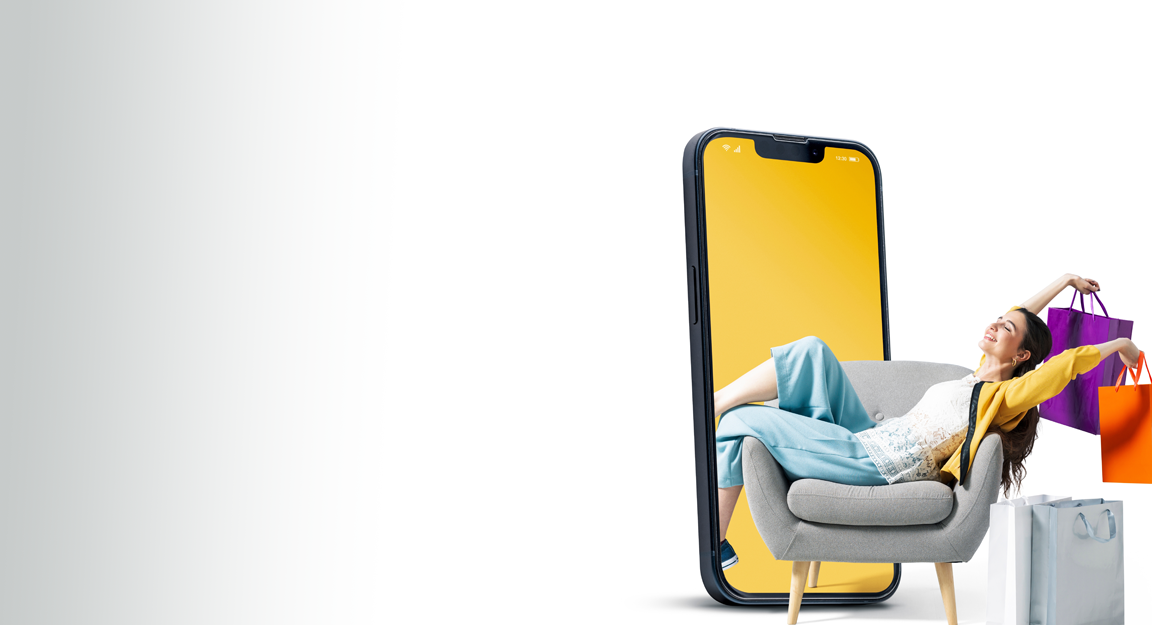We Connect Your Brand to Customers Wherever They Are
Welcome to Postmedia Solutions! Create growth in more ways with innovative, audience-driven solutions and redefine what's possible.

-
0B
Data Signals
Our proprietary first party data provides intent and unique opportunities
-
0+
Connections
National and local news brands create unique connections to communities
-
0M
Unique Visitors
That's a lot of website impressions and targeting opportunities
-
0M
Readers
That's a lot of customers to connect with.
-
0K
Content Pieces
Content Pieces Last Year
-
0B
Page Views
Imagine the targeting opportunities
Direct Buyer
We have solutions for each stage of the sales funnel. Tap in.
Go to market faster with P.A.M., the new
Postmedia Ad Manager
Reach 12M+ unique users every month across 130+ trusted brands. Launch your campaign in five simple steps and connect with 17.4M highly engaged readers nationwide. Enjoy advanced targeting, brand-safe environments, and data-driven insights to maximize results and drive powerful business growth.
Direct Buyer Solutions
Partner here,
for print and digital.
We have proven, performance-driven solutions for thousands of brands like yours.
Awareness
Gain awareness and attention for your products and services through print and digital tools.
Conversion
Our ad and digital marketing solutions are designed to enable and predict conversion, at scale!
Why Postmedia
Postmedia is one of Canada’s largest news networks
Postmedia is a trusted and reliable network of over 130+ media brands, with outstanding journalism credentials and extensive digital capabilities. We generate an audience of 18.4 million Canadians each month.

PERFORMANCE SOLUTIONS
Innovate here.
Join us in redefining what’s possible for your brand.
eCommerce
Redefine your business with eCommerce with your own site, Google Shopping and social media selling. We can show you how.

Search Engine Marketing
More important than ever, our in-house digital team consults on strategy and complete SEM campaigns that deliver results for your dollars.

Sponsored Content
Trust in Postmedia Solutions for Sponsored Content in multiple formats that can attract and engage target audiences and build relationships, not just clicks.

Featured Clients
Ask us how trusted clients turned our solutions into remarkable results.





Are you looking for a full-service digital marketing agency?
Postmedia Solutions' team offers you complete digital marketing services and the expertise you need to grow.

Testimonials
What's it like to work with Postmedia Solutions?
Here's what you can expect:
-
Our goals were to build brand recognition and generate leads within the community. Postmedia offered a full suite of advertising needs. Building out advertorial content in the local print and digital publications then complementing those articles with social ads, delivered a successful campaign. They also handle our Google Search account.Josh VerchDir. Marketing & Partnerships — The Shaw Centre
-
Our partnership with Postmedia, in support of one of our signature charity fundraisers ... the event achieved the 4th highest financial milestone in 18 years, while our social media engagement saw a significant double-digit increase. This collaboration has not only raised awareness but also strengthened our connections with supporters, donors, and the broader community.Joanne VeltriFundraising Manager — Urban Native Youth Association
-
... marketing and advertising have been crucial to us building our company in the Lower Mainland over the past 17 years. We are strong believers in year-around advertising, which is essential to our business. We have worked with Postmedia for over 10 years now and have relied heavily on them to guide us through an ever-evolving advertising & marketing world.Craig McCleanOwner — The Fireplace Warehouse
-
I was surprised and overwhelmed by the success of Wave's digital and print Postmedia campaign. Seriously, once the promotion started, I couldn't keep up! My phone was ringing off the hook with bookings for tours. Great work Postmedia.Bradley OkeOwner — Wave Limo & Tours
-
The newspapers continue to reach the demographics of our target market. As marketing trends have transitioned towards digital, Postmedia has kept up and enabled us to reach consumers both through traditional newspapers and online. Thanks to the Sun and Province team for helping us to reach 57 years and 8 stores.Linda HudsonPresident & Owner — Kerrisdale Cameras
-
The sponsored content solution grew our seminar attendance by 520 percent. The Postmedia Solutions team is phenomenal to work with, they listen, engage, and have the expertise to partner with your business to achieve the best results. We look forward to running more campaigns in partnership with Windsor Star and Postmedia Solutions.Scott R. LockwoodCEO — Windsor Chapel Funeral Home
-
Working with Postmedia has given me the peace of mind to focus on other important areas of the business, with their innovative solutions, incredible staff, and turnkey processes. ...I’ve noticed an overall increase in club fittings and strong equipment sales across the board. I highly recommend working with Postmedia and I'm looking forward to our continued collaboration.Brent MallardSenior Manager, Marketing & Product — Callaway
-
As a funeral home, we are committed to providing families with compassionate, high-quality service, especially when it comes to honouring the memories of their loved ones... The AdPerfect team is also highly supportive, ensuring everything runs smoothly from start to finish. They have worked closely with us for over a year now and continue to support us when any glitches arise or if changes need to be made.Kimberly NicholAdminstrative Supervisor — McInnis & Holloway Funeral Homes
-
Beyond their generous (media coverage) support, Postmedia has delivered a strong return on investment, adapting seamlessly ... their ability to stay ahead of industry shifts, while ensuring our goals are met has solidified their role as an indispensable partner. We are so grateful for their commitment to our company and our community.April GreenMarketing Manager — Arts Club Theatre
-
Postmedia allowed Mary Brown’s to bring crucial content to Canadians in a time of need. Postmedia has a great team to work with. From their sales team to senior management to program management - they are smart, strategic and easy to work with. Postmedia worked with us to execute an innovative media first campaign, definitely worth it.Jeff BarlowVP, Marketing — Mary Brown's Chicken and Taters
-
Partnering with Postmedia to launch our season has been wonderful. We worked with the team to create a plan the used all the tools at their disposal. We saw a 40% jump in sales over a weekend where we layered digital and in-paper custom content with brand awareness ads—to spectacular results.Emma LancasterDirector of Marketing & Communications — Bard on the Beach
-
Together (since 2012), we’ve created unforgettable experiences for music lovers while elevating the JUNOS brand as the leading voice in Canadian music. From Halifax to Vancouver and everywhere in between, Postmedia has been an invaluable partner in shining a spotlight on Canada’s diverse and world-class talent.Andrés MendozaVice President, CARAS — JUNOS, The JUNO Awards, The Canadian Music Hall of Fame
-
BC Children’s Hospital Foundation has partnered with Postmedia for over two decades. During this time, we completed our largest fundraising campaign ever to help build a brand-new hospital to transform health care for the kids of BC. As our organization has changed, so have our needs for media support. The Postmedia team and their ever-evolving services have been with us every step of the way.Brittany BeaupreDirector, Marketing & Communications — BC Children's Hospital Foundation
-
They are a results-driven team who monitors key metrics to test and optimize results. We have a long-standing relationship with Postmedia as a provider of print media advertising. Since January 2020, we have a new relationship... for digital media. Postmedia has proven to be a strong partner for us in this space.Katie ReuschDirector, Omni-Channel Marketing & Communications — Birks
-
Today - 16 years later, our commitment and loyalty to Postmedia is stronger than ever. We have both evolved our businesses and strengthened our relationship through the many changes in advertising. We still rely heavily on Postmedia to cover our print needs, but we also consider Postmedia to be cutting edge in the digital world and our biggest on-line commitment is with Postmedia.Steen SkaaningOwner — Inspiration Furniture - Bo Concept
-
Cam Clark Ford Lincoln in North Vancouver has had a strong business relationship with Postmedia since 2002... Consistently, there has been a positive return-on-investment that currently includes robust engagement with our customers. We value our business relationship with Postmedia and look forward to a successful future together!Jacob LauGeneral Sales Manager — Cam Clark Ford
-
We are grateful that we were able to work with Postmedia for our most recent provincial mental health awareness campaign geared towards young males in BC. Postmedia prioritized relationship building, along with clear and consistent communication, and this allowed us to successfully carry out our vision of destigmatizing mental health and raising awareness about Foundry’s free and confidential wellness services.Lakshmi SadhuSr. Communications Specialist — Foundry BC
-
Due to the changing regulations of TikTok regarding online lotteries, I changed that portion of our social media buy to Spotify based on the advice of Postmedia. This was a good fit since we used the 30 second audio portion of our radio campaign in Spotify for cross promotional reinforcement. We also geofenced the buy to our provincial campaign. The results for opening weeks included over 92% completion rate of the audience (over 67,000 complete listens).Wayne WheelerPrivate Consultant — Canadian Hard of Hearing Association of Newfoundland
-
Throughout the years our marketing strategy has evolved, and we can always count on The Vancouver Sun and Province/Postmedia to provide solutions to meet those evolutions. From innovative digital strategies and unique print opportunities, they have always taken our best interest into consideration.Nickie DukhiaMarketing Manager — Dueck Auto Group
-
I started using the Vancouver Sun and Province in 1980. I built Coit Services with the help of these newspapers, and it has been a great partnership throughout the years. The Sun and Province delivered the demographics of a perfect Coit customer. Thank you, Sun and Province.Brian WenerFounder — Coit Services, Vancouver
-
Knowing Postmedia Solutions’ expertise with sponsored content campaigns coupled with the wide Postmedia network, there was no other choice in our mind; Postmedia Solutions had everything we needed.Leigh-Anne WiseMarketing Lead — Crystal Creek Homes
Why Postmedia
Postmedia is one of Canada’s largest news networks
Postmedia is a trusted and reliable network of over 130+ media brands, with outstanding journalism credentials and extensive digital capabilities. We generate an audience of 18.4 million Canadians each month.
